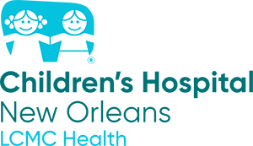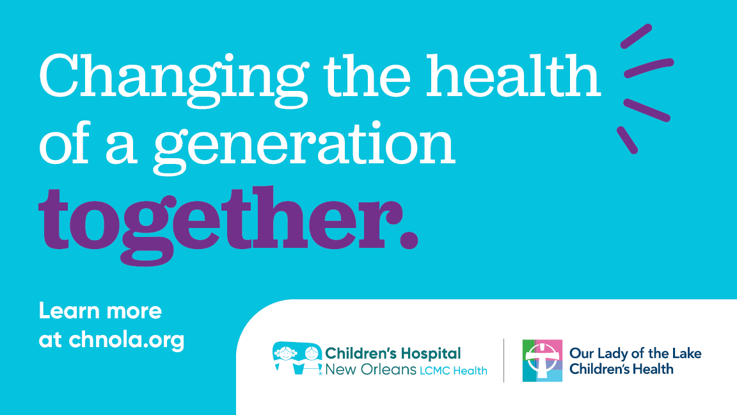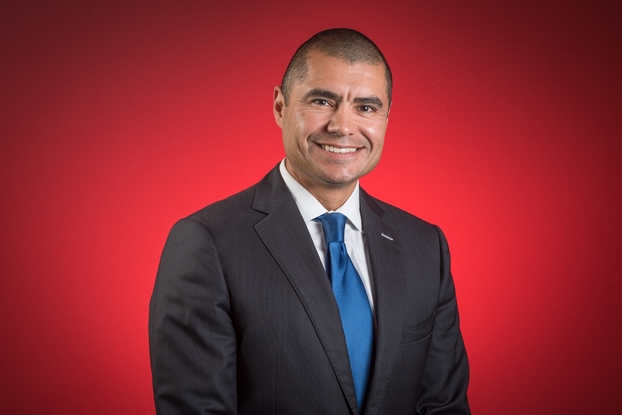Living with Lactose Intolerance in Children
- Category: Living Well
- Posted on:

Lactose intolerance can affect babies, children, and teens. While it can’t be cured, you can help your child prevent unpleasant side effects or symptoms. Lactose intolerance is a condition where the body cannot easily break down or digest lactose, a sugar found in milk and most dairy products. It is different than being allergic to milk. If your child is lactose intolerant, he or she may have bloating, diarrhea and gas after eating or drinking milk products.
Lactose intolerance happens when the small intestine doesn’t make enough of a digestive juice, or enzyme called lactase. Without enough lactase, the body can’t break down or digest lactose. Lactose intolerance can happen to children and adults. Some families have a history of lactose intolerance. In these cases, over time the body may make less lactase. Family members usually start noticing symptoms in their teen or adult years.
Be Aware of Symptoms
Symptoms can begin to appear in children as young as 2 years old. Symptoms begin about 30 minutes to two hours after having foods or drinks containing lactose. Each child’s symptoms may vary and can include:
- Upset stomach or nausea
- Cramps
- Bloating
- Belly (abdominal) pain
- Gas
- Loose stool or diarrhea
Vomiting (happens more often to teens)
How severe your child’s symptoms are will depend on how much lactose he or she has had. It will also depend on how much lactase enzyme your child’s body makes. Lactose intolerance won’t hurt your child’s body. The symptoms are unpleasant, but they are not serious.
Is My Child Lactose Intolerant?
The symptoms of lactose intolerance may look like other health conditions. Always see your child’s healthcare provider for a diagnosis. The healthcare provider will give your child a physical exam and take a health history. Your child may need to be tested to confirm a diagnosis.

How Can I Help My Child Manage Lactose Intolerance?
Treatment will depend on your child’s symptoms, age, general health and how severe the condition is. No treatment will help your child’s body make more lactase. But you can manage your child’s symptoms with a diet that limits lactose. Your child may not have to stop eating all foods with lactose. Your child’s healthcare provider may also suggest your child take lactase enzymes, an over the counter medication.
By watching your child’s symptoms, you can find out which foods he or she can handle. You can also tell which foods your child should avoid. When foods are removed from your child’s diet, you must replace them with other foods that offer needed nutrients.
Here are some tips for managing lactose in your child’s diet:
- Start slowly. After a week of limiting foods with lactose, try adding small amounts of milk or milk products back to your child’s diet. Watch to see if your child has any symptoms. Note which foods your child can handle, and which foods he or she should avoid.
- Have milk and milk products with other foods. You may find your child has fewer symptoms if he or she consumes milk or milk products with meals. Have your child try eating cheese with crackers, or milk with cereal.
Choose dairy products with naturally lower levels of lactose. These include hard cheeses and yogurt. - Look for lactose-free and lactose-reduced milk and milk products. These can be found at many food stores. They are the same as regular milk and milk products, but they have the lactase enzyme added to them.
Ask about lactase products. Ask your child’s healthcare provider if your child should take a lactase pill or lactase drops when having milk products.
Talk with your child’s provider about what products or diet changes may help your child. You may also find it helpful to see a registered dietitian.

Getting Enough Calcium & Vitamin D
Milk and dairy products are a major source of calcium. Children and teens who are lactose intolerant may have little or no milk in their diet, and therefore not get enough calcium. Calcium is needed for growing and repairing bones throughout life and may help prevent some diseases.
The amount of calcium your child needs will vary by age:
- 0 to 6 months 200 mg
- 6 months to 1 year 260 mg
- 1 to 3 years 700 mg
- 4 to 8 years 1,000 mg
- 9 to 18 years 1,300 mg
Many nondairy foods are high in calcium, including:
- Green vegetables, such as collard greens, turnip greens, broccoli and kale
- Fish with soft, edible bones, such as salmon and sardines
Other nondairy foods that are good sources of calcium include:
- Tofu
- Orange juice with added calcium
- Soy milk with added calcium
- Breakfast cereals with added calcium
Always talk with your child’s healthcare provider. Your child’s provider may prescribe a calcium supplement if your child can’t get enough calcium from his or her diet.
Vitamin D is needed for the body to absorb calcium. It’s important that your child’s diet has enough vitamin D. Sources of vitamin D include eggs and liver. Children under 1-year-old should have a vitamin D supplement of 400 IU a day. Children over 1 year old should have 600 IU of vitamin D a day.
Click here to find a Children’s Pediatrics clinic near you >>



